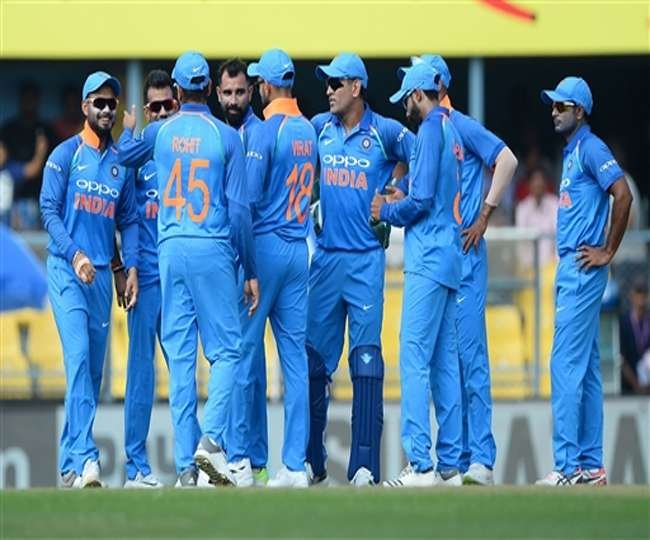In the chronicles of cricket history, the third T20 skirmish between India and Afghanistan indelibly etched its narrative with an unforeseen spectacle that defied conventional expectations. The pivotal factor? A dual Super Over, unfurling a narrative unprecedented in the annals of the sport. Let’s unfurl the intricate details of this contest, from the riveting 212-run deadlock to the strategic maneuvers orchestrating India’s hard-earned triumph.

Table of Contents
Establishing the Scenario: 212 Runs, 20 Overs, and a Resurrected Dead Rubber
The scorecard mirrored an identical tally of 212 runs for both India and Afghanistan, stretching the conventional notion that inconsequential dead rubbers lack profound significance. The stakes soared as the initial S.Over faltered to rupture the impasse, beckoning the arrival of an unparalleled secondary Super Over. A collision that redefined the protocols of international cricket.

Bowling Dynamics: An Embargo on Repetitive Bowlers
A pivotal decree dictated that the bowler who spearheaded the initial S. Over was rendered ineligible for an encore in the subsequent bout. This prohibition birthed unforeseen challenges and opportunities, compelling distinguished bowlers such as Afghanistan’s Azmatullah Omarzai and India’s Mukesh Kumar to pass the baton to alternate contenders. The conclusive Super Over bore witness to Afghanistan’s Farid Ahmad ascending to the challenge, clinching victory through a fusion of prowess and composure.
Strategic Batting Sequences: The Pendulum of Initiative
In the realm of Super Overs, the squad leading the charge in the former found itself assuming the follow-up batting position. This dictum added a strategic stratum, accentuating the imperative of adaptability. Afghanistan, having occupied the second slot in the designated 20 overs, confronted the onus of establishing a target in the Super Over after leveling India’s score at 212/4. The oscillation persisted as India took the crease first in the subsequent Super Over, unveiling the tactical intricacies enveloping the encounter.
Batsmen’s Dichotomous Quandary: Navigating the MCC Statutes
The eligibility of batsmen in a dual Super Over pivoted on their performance in the maiden over. According to the MCC statutes, a batsman vanquished in the inaugural S.Over found himself precluded from participation in the sequel. A predesignated list from both factions charted the course for the designated batsmen. Despite succumbing in the initial Super Over, Afghanistan found themselves compelled to establish the target in the latter, spotlighting the convolutions of player selection and strategic deliberations.
Tactical Player Choices: Samson, Jaiswal, and the Esoteric Rohit Saga
India’s strategic maneuver, opting for Sanju Samson over Yashasvi Jaiswal in the subsequent S. Over, spotlighted the pivotal decision-making at play. Rinku Singh supplanted the retired Rohit Sharma, instigating a sui generis scenario. Rohit, having ‘retired out,’ partook in a sprint amid Rinku’s rejuvenated legs, underscoring the nuanced demarcation between strategic choices and unanticipated circumstances.
The Enigma of a Triple Super Over: Contemplating the Hypothetical
In an unprecedented tableau where the second Super Over mirrors the first in its parity, the cricketing realm embarks upon unexplored terrain – the third Super Over. Recent encounters, epitomized by the IPL 2020 clash between Mumbai Indians and Kings XI Punjab, hint at the prospect. As cricket metamorphoses, the prospect of a triple Super Over infuses an augmented stratum of exhilaration and unpredictability.
Conclusion:
In summation, the third T20 between India and Afghanistan not only encapsulated a cricketing bout but scripted an unparalleled saga. The dual S.Over transcended the ordinary, leaving an indelible imprint on the tapestry of T20 internationals. As cricket unfurls its capricious nature, enthusiasts can ardently anticipate a tapestry of such enthralling match in the epochs to come.
Related :-Sport


